"Antique Bohemian Crystal Bucket Circa 1850 In Ruby Glass And Gold Decorations"
Ruby-colored glass was known to the Romans in ancient times, but this process fell into disuse - probably also due to high production costs - and was rediscovered in the second half of the 18th century by a Bohemian chemist, Johann Kunckel von Löwenstern; some attribute this rediscovery to the Florentine glassmaker Antonio Neri. However, neither knew the exact mechanism that turned gray raw material exposed to heat red. It was the chemist and Nobel Prize winner Richard Adolf Zsigmondy who revealed that it is the small gold colloids that make the vitreous mass red by gold chloride is obtained by dissolving the gold metal in a solution of nitric acid and d 'hydrochloric acid.
Victorian England and mid-19th century Bohemia produced the most large number of pieces of this prestigious crystal.
The bucket offered for sale here is Bohemian and dates back to the mid-20th century. It is in excellent condition with some rare microscopic chips (see last two photos).



























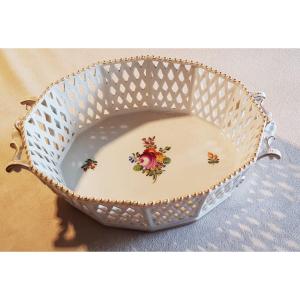
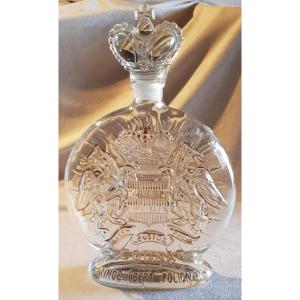


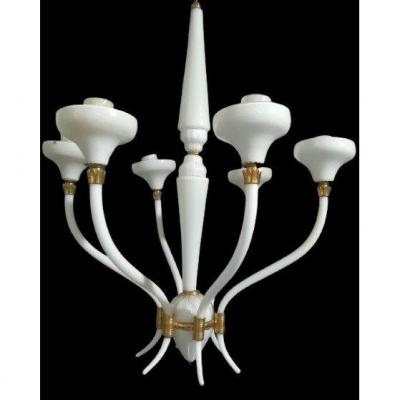

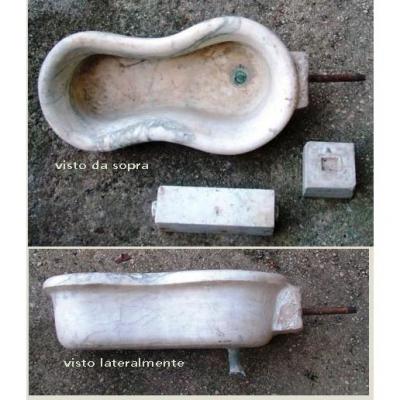


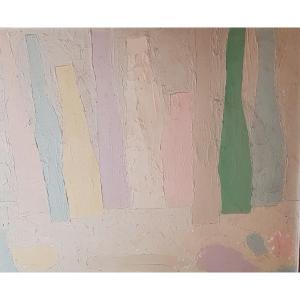
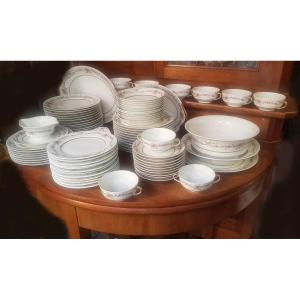


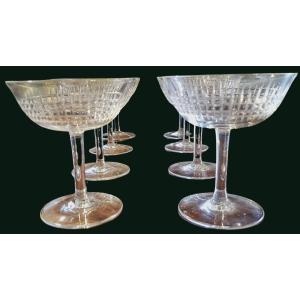




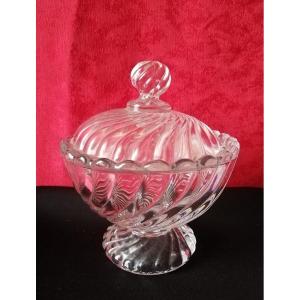




 Le Magazine de PROANTIC
Le Magazine de PROANTIC TRÉSORS Magazine
TRÉSORS Magazine Rivista Artiquariato
Rivista Artiquariato